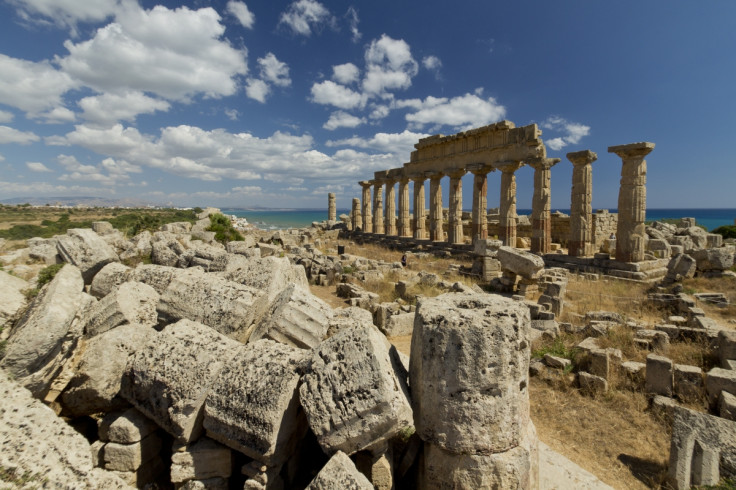Selinunte: The 'Greek Pompeii' which was abandoned after invaders sacked the city

New findings in the ancient city of Selinunte are finally giving archaeologists a better understanding of how the classical Greeks lived and died. Selinunte, in Sicily, which once homed Greeks, was invaded by North Africans in 500BC with many of the residents being massacred, enslaved, or fled from war.
It has been given the nickname "the Greek Pompeii" due to the fact that large parts of the city have been relatively well preserved. Furthermore, items that have been buried by sand over the past 2,500 years are being unearthed by archaeologists, which is giving them a decent insight into how people of this ancient city lived.
Experts have found the remnants of half-eaten meals that were hastily abandoned when the Carthaginians – now a part of Tunisia - invaded. The meals were left under a collapsed roof which had been burned by the attackers. According to the Independent, unfired pots which were also left in a panic before potters had the chance to place then in the kin were also discovered.
Some 15 years of analysing the city have allowed scientists to determine that it had 2,500 homes, and they have also been able to map its streets, harbour and industrial zone, making it the most comprehensive plan of an ancient Greek city.
Professor Martin Bentz of the University of Bonn, director of the major current excavation at Selinunte, told the Independent: "Selinunte is the only classical Greek city where the entire metropolis is still preserved, mainly buried under sand and earth. It therefore gives us a unique opportunity to discover how an ancient Greek city functioned."
Experts believe that the civilisation crumbled within a day when the attackers prevailed, with some 5,000 men being taken as slaves, with a further 16,000 residents slaughtered.
© Copyright IBTimes 2025. All rights reserved.






















